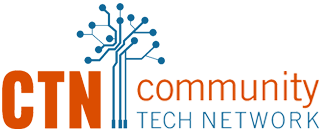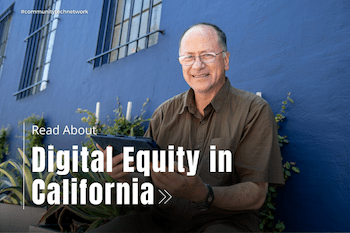California, home to the renowned Silicon Valley, is often considered a hub for technological innovation in the United States. However, digital inequity is still a major problem across the state, as over 2 million Californian households (about 15%) lack high-speed internet access at home. This makes completing homework assignments, working remotely, and participating in telehealth, among other activities, nearly impossible for the affected individuals.
This post attempts to compile and share some general facts and figures about the digital divide across the state.
- Over 5 million low-income households in California are eligible to receive monthly subsidies for their home internet services through the federal government’s Affordable Connectivity Program. However, as of April 2023, only 30% of the state’s eligible households have enrolled. See current enrollment by county or zip code.
- About 1 in 10 Californian households lack internet-enabled devices (such as tablets and computers). Certain communities across the state face even worse statistics. Twenty-three percent of low-income households reported not having devices, as did 16% of less-educated households and 15% of black and Latino ones.
- Almost one-quarter of immigrants in the United States reside in California, and they face a major digital divide. Twenty-four percent of all immigrants in California lacked either broadband, a computer, or both, and Latino immigrants were most affected (34%). The numbers are even higher for undocumented households.
- California is prone to various types of natural disasters (including wildfires, earthquakes, and flooding), which can impact people’s network coverage. Yet, it is precisely during these times that people may most desperately need the internet in order to contact loved ones and work from home. According to the Public Policy Institute of California, “New infrastructure should include resiliency plans to maximize coverage during natural disasters.”
- Rural, tribal, and mobile-home communities in California were found to have particularly low levels of broadband adoption, as were households headed by non–college graduates or adults over the age of 65. Predominantly black and brown neighborhoods were also less likely to be connected than their white counterparts.
Community Tech Network is dedicated to bridging this digital divide in California and across the country, but as the statistics show, there is still much work to be done.


Comments are closed.